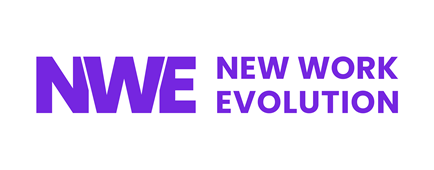Bye bye hierarchy, control, and rigid structures – hello empathy, participation, and flexibility
-(instagram-post-(45))-(1)_9_6_450x300.jpg)
As the world of work changes in the wake of digitalization, global networking, new technologies, and a shift in employees' values, leadership styles must change as well. In a world increasingly characterized by speed, complexity, and personal responsibility, traditional leadership models are increasingly reaching their limits.
Leadership style makes all the difference
Company management is responsible for ensuring a company's success and securing its long-term market position. The tasks and goals are clearly defined and range from strategic orientation, optimization of resource utilization, employee leadership and development to sustainability, social responsibility, and risk management. However, it is the “how” that matters. While traditional leadership relies on structure- and power-oriented principles such as hierarchy and control, modern leadership is based more on empathy, participation, and flexibility. People are recognized for their individuality, trust is built, and cooperation is encouraged.
Modern leaders show a strong understanding of their employees (instead of being distant), promote productivity through clarity (instead of exerting pressure), motivate their employees (instead of controlling them), delegate responsibility and encourage employees to take the initiative (instead of rigidly assigning tasks), share information openly with the team (instead of withholding knowledge), and are willing to admit their own weaknesses and use the knowledge of the team (instead of demonstrating infallibility).
So what are the modern leadership styles today?
- The coaching leadership style focuses on the individual development of employees. Leaders promote strengths and provide support.
- In the situational leadership style, leaders adapt their leadership style to the individual situation and the needs of each employee. This is also exciting for teams with a wide range of ages, for example, as different generations have different expectations. Baby boomers often feel more comfortable with clear structures and familiar evaluation models, while Gen Y seeks regular feedback, meaningfulness, and personal development opportunities. Generation Z, on the other hand, attaches great importance to individuality and genuine participation.
- In the transformational leadership style, leaders inspire and motivate their employees to go beyond their individual interests and work toward the company's common goals.
- In the participatory (or cooperative) leadership style, leaders actively involve employees in decision-making processes, which in turn promotes employee motivation and self-control.
- In the laissez-faire leadership style, leaders take a back seat and largely leave employees in control and free to make decisions about their own work.
Whether coaching, situational, transformational, participatory, or laissez-faire: through their leadership style, leaders determine the performance of their employees and thus set the framework for trust, motivation, and success.
Sources:
https://www.harbinger-consulting.com/blog/moderner-fuehrungsstil/
https://asana.com/de/resources/leadership-styles
https://www.business-leaders.net/unternehmensfuehrung-ein-ganzheitlicher-leitfaden/
https://www.harbinger-consulting.com/blog/moderne-fuehrung/
https://www.harbinger-consulting.com/blog/moderner-fuehrungsstil/


